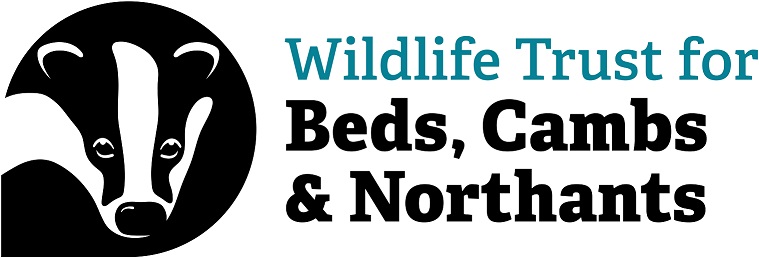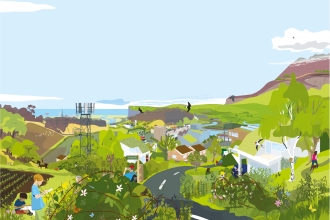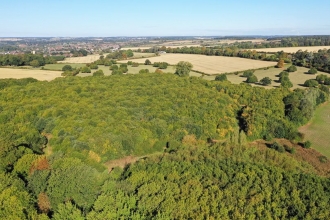The Trust speaks up for wildlife in the planning system and tries to get the best outcome all round. The planning system shapes the places where we live and work, and plays a vital role in determining the type and quality of landscape for future generations.
Inappropriate development can harm our natural heritage. But well-considered planning has the potential to protect or even enhance our environment and help nature’s recovery - by restoring and creating wildlife habitats. Our nature-rich development projects show that new developments can be good for both wildlife and people.
What the Wildlife Trust does
We work in a number of ways to provide a strong voice for wildlife in the face of development pressures threatening our natural environment. We:
- Influence local planning policy to ensure that it protects and enhances our natural environment and the natural processes on which we depend.
- Advise, support and train key decision-makers on their responsibilities and statutory duties regarding wildlife and green space.
- Work with local and neighbouring organisations, groups and individuals to find new opportunities to connect and restore habitats.
- Work with planners, developers and landowners to encourage sensitive design, new habitat creation and good management of green space within development.
- Undertake local planning casework to object to inappropriate development that will damage important wildlife sites, safeguard the best interests of wildlife, secure improvements and connectivity of local landscapes, and where needed we press for adequate mitigation for any damage.
-
The Wildlife Trusts work with The Biodiversity in Planning partnership which has an online Wildlife Assessment Check that can be used by developers, or anyone making changes to their home that require planning permission, to see if their proposals are likely to need input from an ecologist. The Chartered Institute of Ecology and Environmental Management maintain a directory of qualified ecologists which can be searched for suitably trained members.
In order to focus our limited resources on the highest conservation priorities, we must balance our planning work with other activities such as managing nature reserves and providing advice to owners of wildlife sites. Our approach to planning is guided by our Planning Policy. The Trust maintains a neutral stance on development and applies evidence in an objective manner to form an opinion about a particular plan, policy or proposal. This includes house building, road building and renewable energy projects such as wind turbines.
Latest planning news
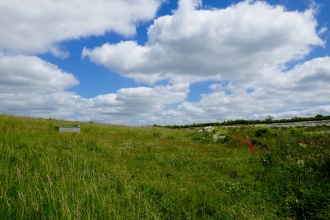
Local Nature Recovery Strategies
Local Authorities are seeking your input into their plans to help nature recover. Will you have your say?
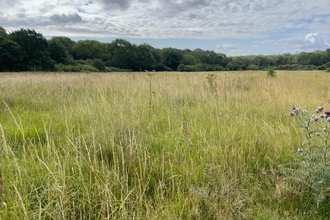
Saving Castor Hanglands National Nature Reserve
The deadline for the public consultation into the draft Peterborough Local Plan 2024-2044 closes on Thursday 29th May – you can respond…
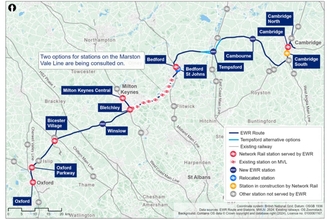
Bedfordshire planning update
The wider countryside team in Bedfordshire regularly monitor planning applications submitted to Bedford Borough Council, Central…

Thousands of homes proposed for north Cambs will harm nature, says Wildlife Trust
Thousands of homes proposed close to a National Nature Reserve which is a vital habitat for rare plants and butterflies will be a…
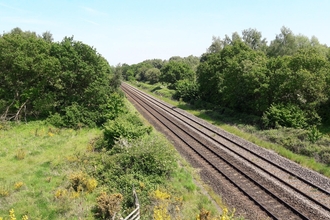
Wildlife Trust BCN responds to East West Rail plans
Plans for East West Rail must do more to protect landscape-scale nature plans, rare bats and ancient woodlands
Truth, lies and liars?
Wildlife Trust BCN CEO Brian Eversham reflects on the recent controversy surrounding rivers, planning and environmental standards.
National Planning Policy Framework
The new National Planning Policy Framework (NPPF) came in to force in early 2012 and replaced most previous planning guidance. It guides local planning authorities in producing their Local Plans. It's important to understand the Framework if you want to become involved in local planning matters.
The Framework makes some over-arching statements about the natural environment and some specific points about protecting nature. It says:
- Planning has an environmental role – contributing to protecting and enhancing our natural, built and historic environment; and, as part of this, helping to improve biodiversity, use natural resources prudently, minimise waste and pollution, and mitigate and adapt to climate change including moving to a low carbon economy.
- Pursuing sustainable development involves…moving from a net loss of bio-diversity to achieving net gains for nature.
- Local planning authorities should set out a strategic approach in their Local Plans, planning positively for the creation, protection, enhancement and management of networks of biodiversity and green infrastructure.
- Opportunities to incorporate biodiversity in and around developments should be encouraged.
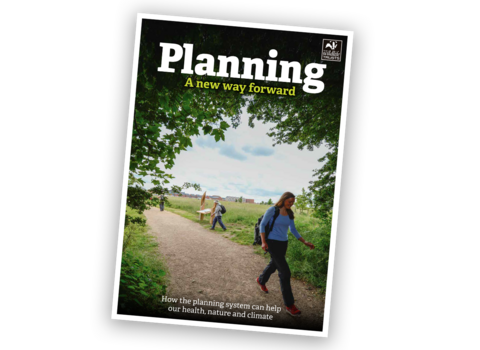
‘Planning – a new way forward: how the planning system can help our health, nature and climate’
The new report outlines three key concerns with the current planning proposals:
- They are highly likely to increase nature’s decline and fail to tackle climate change
- They fail to integrate nature into people’s lives
- They undermine the democratic process
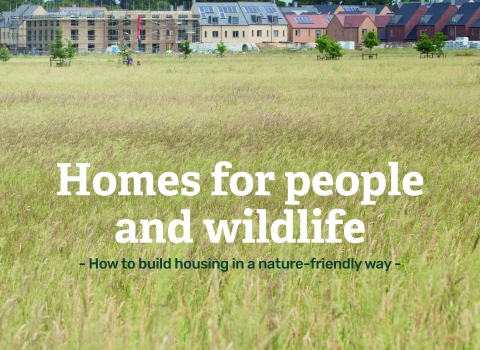
'Homes for people and wildlife. How to build housing in a nature-friendly way'
This document sets out The Wildlife Trusts’ vision for new homes that are inspiring and beautiful places to live, and where people and nature thrive together. To achieve this, we need a new approach that puts the natural environment at the heart of development and planning.
